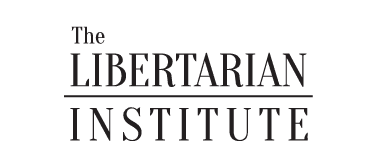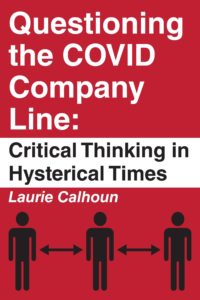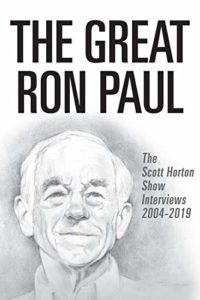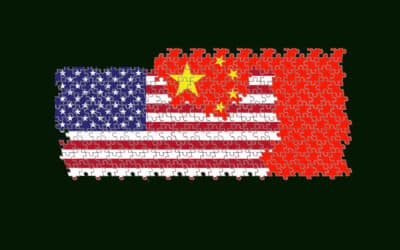For several years and in a variety of works at the Libertarian and Mises Institutes, I have argued that Washington’s bipartisan consensus about Beijing as an aggressive, revisionist challenger to U.S. global supremacy was deeply misguided. Far from seeking global hegemony, I have maintained that China’s ambitions are modest, largely defensive, and overwhelmingly focused on domestic stability and development. Now, new peer-reviewed research published in International Security under the title “What Does China Want?” provides powerful empirical backing for those claims, dismantling much of the conventional wisdom that animates U.S. policy toward Beijing.
For years now the prevailing consensus across the American political class has been the faulty contention that China is bent on displacing the United States as the world’s hegemon. Policymakers like Jake Sullivan and think tanks such as the Atlantic Council routinely describe Beijing’s ambitions in terms of global domination, a Sinocentric order, and an existential threat to the so-called liberal international system. These assumptions, in turn, drive U.S. military expansion, aggressive alliance-building in Asia, and a dangerous drift toward confrontation.
But such portrayals reveal far more about the insecurities and imperial reflexes of Washington than they do about Beijing’s actual aims.
Indeed, the findings of “What Does China Want?” confirm that China is not a revisionist power seeking to overturn the global order, but a status quo state primarily concerned with regime security, territorial integrity, and continued economic development.
As the authors, professors from the University of Southern California, Georgetown, and Princeton demonstrate through vigorous analysis of thousands of documents and speeches by key policy-makers that China’s core interests—sovereignty, security, and development—have been stated unambiguously and consistently for more than a decade. These priorities are inward-looking, enduring across dynasties and political systems, and remarkably limited given the country’s rapid rise. Contrary to offensive realist expectations that states’ ambitions grow in tandem with their power, Beijing’s actual goals have remained relatively static.
This dovetails directly with my own arguments, which derive from libertarian realism. China’s leaders are far more preoccupied with managing domestic challenges to secure their own power—slowing growth, demographic decline, corruption, environmental crises—than with launching imperial adventures abroad.
The article’s empirical analysis of Xi Jinping’s speeches between 2012 and 2024 underscores this point. Far from threatening to displace the United States, Xi consistently emphasized cooperation, peaceful coexistence, and a rejection of zero-sum rivalry. Unlike Washington policy makers, whose public writings and proclamations openly declare their dominating designs, Xi has repeatedly declared that China has “no intention of challenging or replacing” Washington and that great power competition should not define the era. Even when addressing sensitive issues such as Taiwan or the South China Sea, Xi’s rhetoric focused on dialogue rather than confrontation.
Again, this affirms what I and others have argued, that the fevered reading of Chinese rhetoric in Washington often misses nuance, cherry-picks hawkish statements, and ignores the overwhelming consistency of Beijing’s self-presentation as a country seeking stability, not supremacy. Instead, they assert as fact things for which there is no basis, such as the endlessly repeated claim that Xi has told the Chinese military to be ready for war over Taiwan by 2027.
Equally telling is what is absent from China’s official discourse. The article shows little evidence of expansive goals, global ideological export, or plans for conquest. China is not promoting “socialism with Chinese characteristics” as a universal model, nor is it amassing colonies or seeking to dominate far-flung regions. Its concerns remain overwhelmingly regional—territorial disputes with India, sovereignty claims in the East and South China Seas, and the unfinished business of Taiwan, Hong Kong, Tibet, and Xinjiang.
These disputes are not signs of expansionism but the legacies of China’s so-called “century of humiliation.” They are longstanding, deeply embedded in Chinese political culture, and hardly evidence of a country plotting global empire.
If Beijing’s ambitions are indeed limited and status quo, then the real source of instability is not China’s rise but Washington’s militarized overreaction. The study bluntly concludes that China “does not pose the type of military threat that the conventional wisdom claims it does” and that the United States’ hostile posture may be “unnecessarily creating tensions.”
Indeed, this was a core component of my argument in The Fake China Threat: Washington’s hegemonic mindset was manufacturing dangers where none existed. The new study’s evidence—rigorous text analysis, systematic review of Chinese rhetoric, and contextual interpretation of Beijing’s priorities—vindicates that argument.
This warning could not be more timely. By framing China as a new Soviet Union, U.S. leaders are steering the world toward avoidable confrontation, pouring billions into military buildups, and tightening alliances that leave less room for diplomacy. The result is a self-fulfilling prophecy of rivalry: treating China as an existential threat risks turning it into one.
The implications are clear. U.S. grand strategy, the rhetorical cover for a trillion dollar military budget and a host of finely feathered sinecures for the court intellectuals, must abandon the fiction of China as an aspiring global hegemon and instead recognize Beijing’s limited aims. This requires moving away from a war-fighting paradigm ill-suited to the real arenas of competition: economics, diplomacy, and technology
There is ample room for cooperation—on climate change, global health, economic stability—if only Washington would step back from the brink. A restrained, interest-based policy would serve Americans far better than the reckless pursuit of primacy at any cost.
The findings of “What Does China Want?” provide powerful support for critics of the phony China threat narrative. China is not a revisionist aggressor bent on global conquest. It is a rising but constrained power, overwhelmingly focused on domestic stability and development. The real danger lies not in Beijing’s ambitions but in Washington’s refusal to relinquish its obsession with primacy.
The China “threat” is and has always been a mirage—manufactured in Washington, not Beijing. The sooner U.S. leaders are forced to come to terms with this reality, the safer the world will be.
